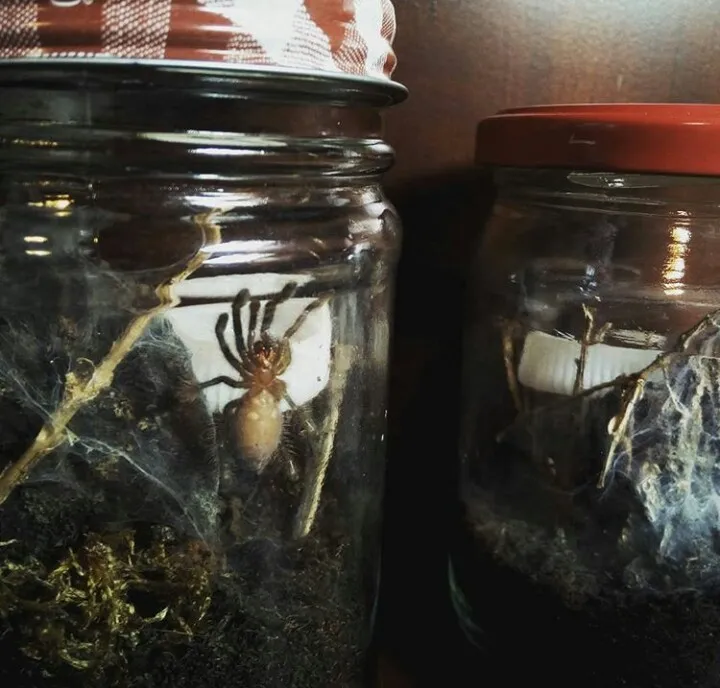Understanding Tarantula Sling Growth
Tarantula slings, the juvenile stage of these fascinating arachnids, captivate enthusiasts with their rapid growth potential. The question of “how fast do tarantula slings grow?” is one frequently asked by new and experienced keepers. Understanding the factors that influence growth rate is crucial for providing optimal care. The journey from a tiny, vulnerable sling to a mature adult tarantula is a fascinating process, influenced by numerous variables. This article will delve into the intricacies of tarantula sling growth, equipping you with the knowledge needed to foster a thriving environment and ensure your tiny pet reaches its full potential.
Factors Influencing Tarantula Sling Growth Rate
Several key elements play a significant role in determining how quickly a tarantula sling grows. These include the species of tarantula, environmental conditions, feeding practices, and the overall health of the sling. Each factor interacts with the others, creating a complex interplay that affects the rate at which the tarantula molts and increases in size. By carefully monitoring and adjusting these variables, keepers can optimize the growth trajectory of their slings. It is essential to remember that patience is key; while some slings may exhibit faster growth than others, the ultimate goal is the well-being of the tarantula rather than achieving a specific growth milestone.
Species of Tarantula
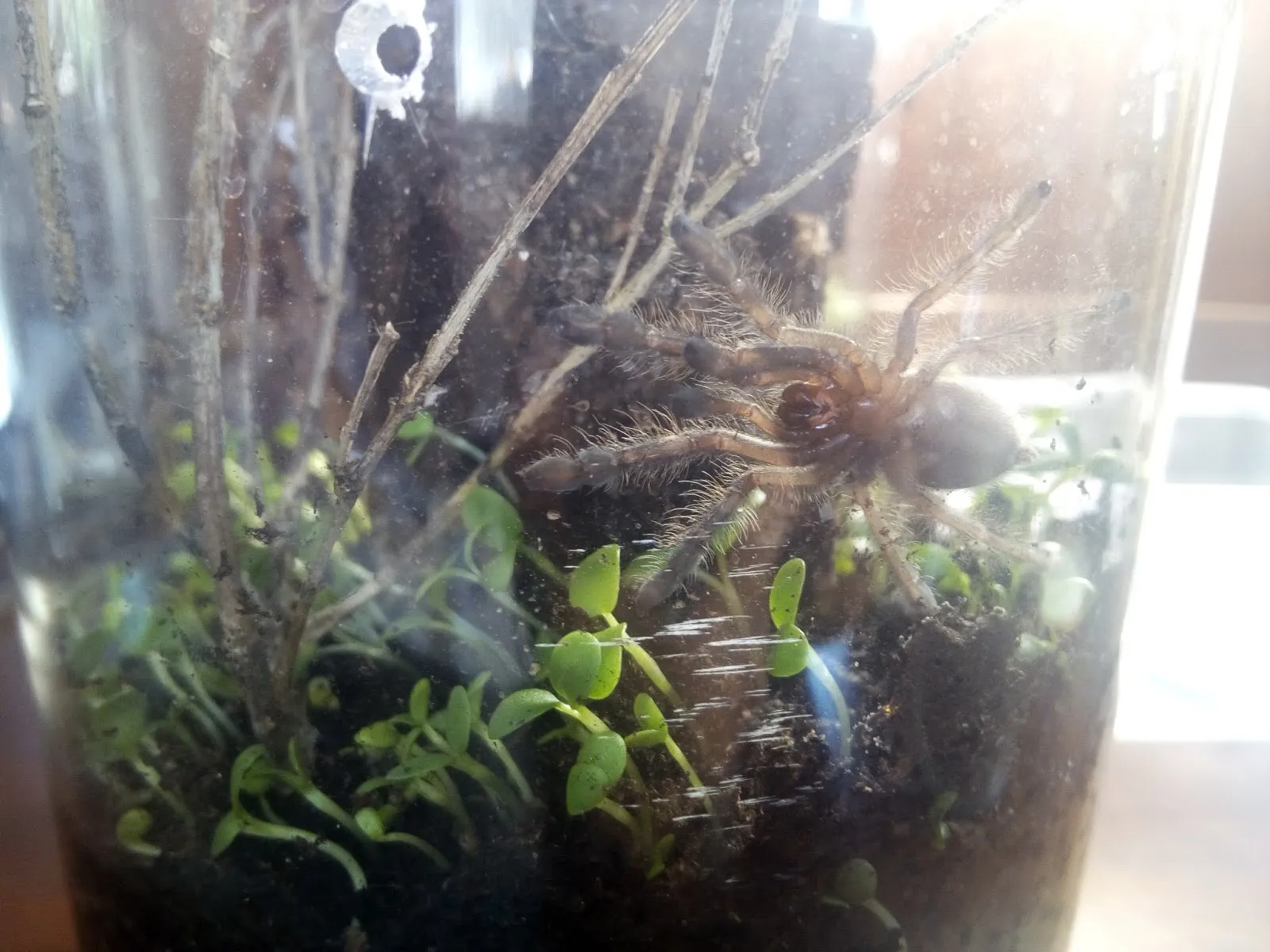
Different tarantula species exhibit varying growth rates. Some species, like the Grammostola pulchra (Brazilian Black), are known for their relatively slow growth, taking several years to reach maturity. Others, such as the Lasiodora parahybana (Salmon Pink Birdeater), are known for their fast growth and can reach impressive sizes relatively quickly. Researching the specific growth patterns of your tarantula species is vital. This knowledge allows you to tailor your care practices to meet its specific needs and expectations. Consider the temperament and the size of your species. The size will also impact the growth, with larger tarantulas growing faster, but they require more space and food.
Temperature and Humidity
Temperature and humidity levels are crucial for a tarantula sling’s growth. Maintaining the correct environmental conditions helps the sling digest food properly and molt successfully. Most tarantula species thrive in temperatures between 75-85°F (24-29°C). Humidity requirements vary depending on the species, with some preferring drier environments and others requiring higher humidity levels. Regular monitoring of temperature and humidity using a reliable thermometer and hygrometer is recommended. Adjusting the enclosure’s ventilation, misting frequency, and substrate moisture levels can help maintain the ideal environment. A proper enclosure will help the slings to grow and molt properly.
Feeding Frequency and Diet
Proper feeding is essential for tarantula sling growth. Slings should be fed appropriately sized prey items regularly, often 2-3 times per week. The size of the prey should be proportional to the sling’s size; a general rule is to offer food items no larger than the sling’s abdomen. Common prey items include small crickets, flightless fruit flies, and pinhead mealworms. It is vital to remove uneaten prey within 24 hours to prevent the risk of injury to the sling. A varied diet can also contribute to healthier growth, ensuring the tarantula receives a range of nutrients. Make sure the food is alive or recently dead to ensure the tarantula is consuming the food source.
Enclosure Size and Setup
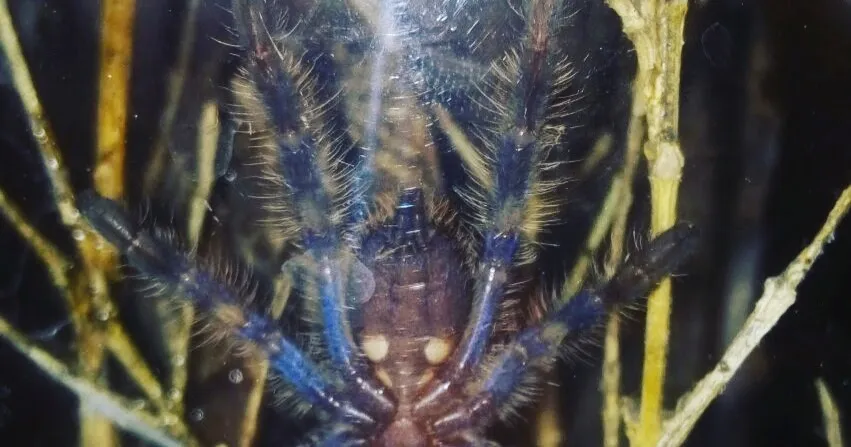
The enclosure’s size and setup also influence growth. A properly sized enclosure provides enough space for the sling to move around, hunt, and build its burrow. The enclosure should be escape-proof and have adequate ventilation. Substrate depth is important, as it provides the sling with a place to burrow and molt. The substrate should be appropriate for the species, with options including coconut fiber, peat moss, or a mix of both. The enclosure should also include a water dish with fresh water to keep the tarantula healthy. The enclosure’s setup should mimic the tarantula’s natural habitat as closely as possible, to reduce stress and promote healthy growth.
The Molting Process and Growth Spurts
Tarantulas grow by molting, shedding their exoskeleton to reveal a new, larger one. The frequency of molting decreases as the tarantula ages. Slings molt frequently, sometimes every few weeks. During the molting process, the tarantula is particularly vulnerable, so it is essential to maintain a stable environment and avoid disturbing the sling. After molting, the tarantula’s new exoskeleton is soft and requires time to harden. The tarantula will usually consume its old exoskeleton, which provides essential nutrients. The growth spurts happen during molting, so the more often the tarantula molts, the faster it will grow. If the tarantula is refusing to molt, then there may be something wrong with the enclosure or the environment.
Signs of a Healthy Growing Sling
Observing your tarantula sling can provide valuable insights into its health and growth. Look for these signs of a healthy, growing sling: a good appetite, regular molting, a plump abdomen, and active behavior. A healthy sling should be alert and responsive to its environment. The enclosure should be kept clean and tidy to avoid any potential issues with bacteria or disease. The coloration of the tarantula can be a sign of a healthy sling as well, so make sure to keep an eye on the coloring. By keeping a close eye on the tarantula, you can catch any health issues early on.
Common Growth Challenges and Solutions
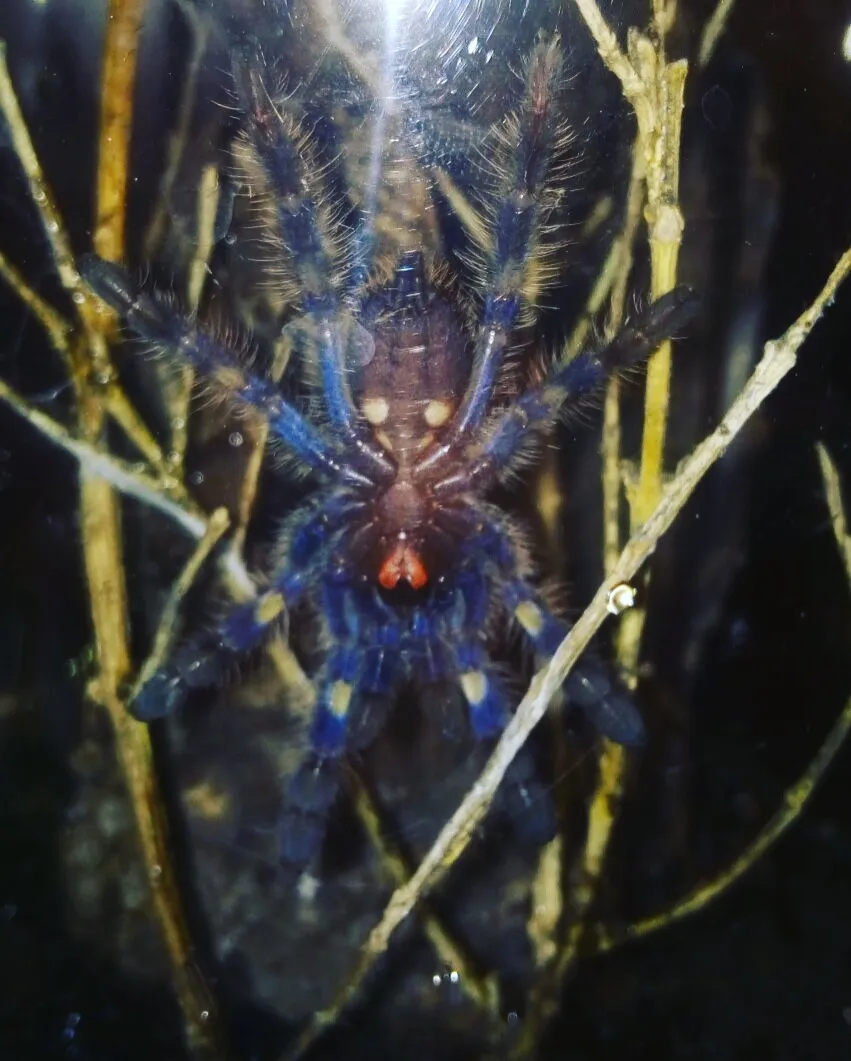
Several challenges can affect tarantula sling growth. These include insufficient food, incorrect environmental conditions, and stress. If a sling is not eating, check the temperature and humidity levels and ensure that the prey items are appropriately sized. If the sling is not molting, you may need to adjust the environment. Slings can be very sensitive, so it is important to watch for signs of stress, such as erratic behavior or a lack of appetite. Addressing these issues promptly can often get the sling back on track. It’s essential to observe the sling closely and make adjustments as needed to the care routine to keep it healthy and growing.
Why Is My Sling Not Growing?
If a tarantula sling is not growing, several factors could be the cause. Improper temperature and humidity levels can slow down metabolism and hinder growth. Insufficient feeding or an inadequate diet can deprive the sling of the necessary nutrients for growth. Stress from frequent disturbances or an unsuitable enclosure setup can also affect growth. A parasitic infection can also cause the sling to not grow. Furthermore, the sling may be preparing to molt, and a lack of visible growth might be a normal part of the process. Carefully evaluate each of these aspects of the care routine to identify and address any potential issues that may be impacting the growth of your sling.
What to Do If Your Sling Stops Growing?
If your tarantula sling stops growing, it is essential to take several steps to address the issue. First, review and adjust the enclosure’s temperature and humidity to ensure they meet the species’ requirements. Assess the feeding schedule and prey size, ensuring the sling receives an adequate and nutritious diet. Minimize disturbances and ensure the sling has a secure and stress-free environment. Monitor the sling’s behavior and look for any signs of illness or discomfort. If you are concerned, consult with an experienced tarantula keeper or a veterinarian specializing in exotic animals for professional guidance. By taking these steps, you can help your sling resume healthy growth and thrive.
Conclusion
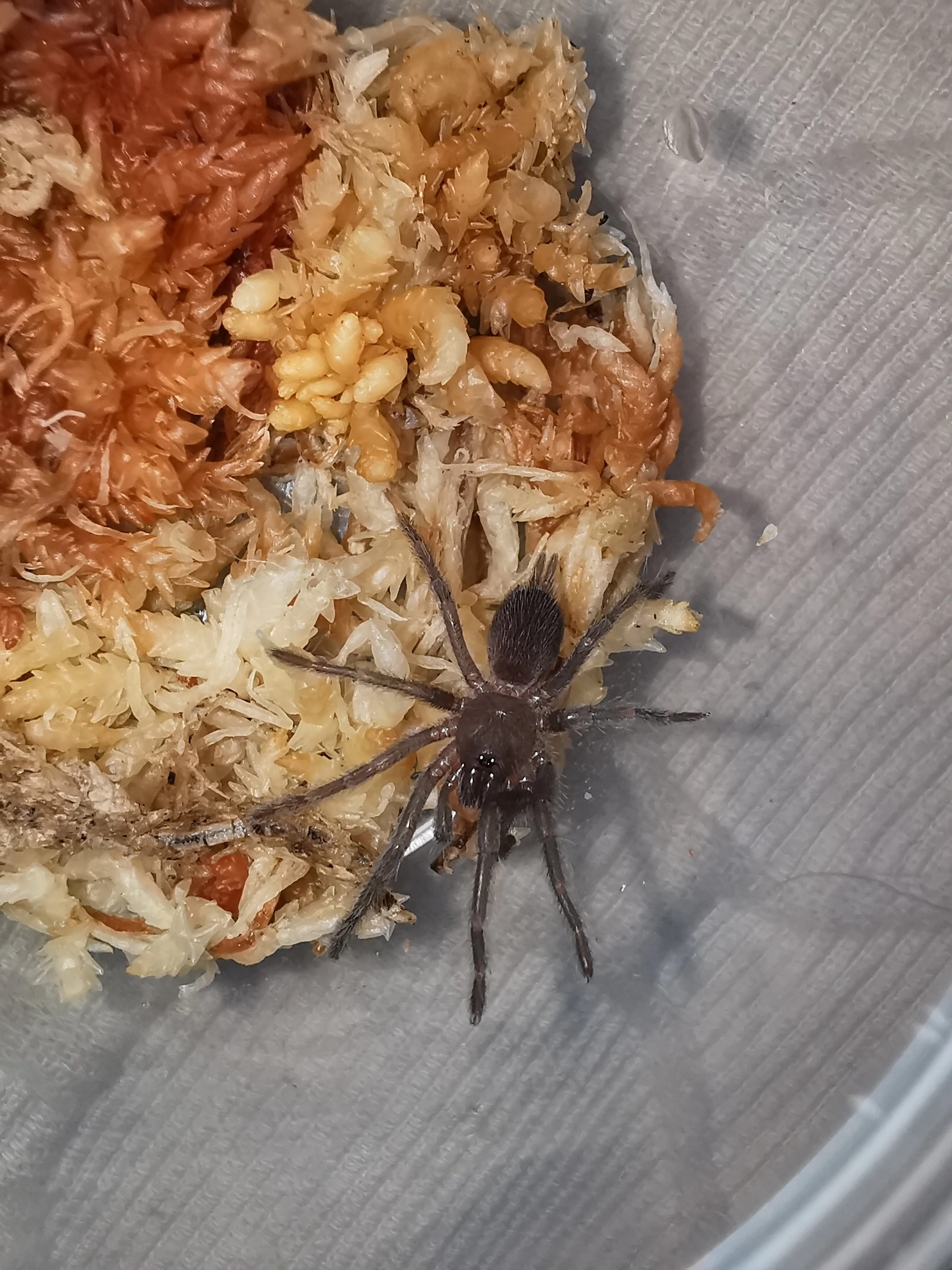
Understanding how fast tarantula slings grow is the first step to providing proper care. It’s a fascinating process, and with patience and attention to detail, you can create an environment where your sling thrives. Providing a balanced diet, appropriate environmental conditions, and a stress-free enclosure will promote healthy growth. By monitoring your sling, addressing any challenges promptly, and seeking expert advice when needed, you can enjoy the journey of raising a healthy and beautiful tarantula. Remember that the growth rate will vary among different species and individuals, so enjoy the process and observe the amazing metamorphosis of your tarantula sling.
